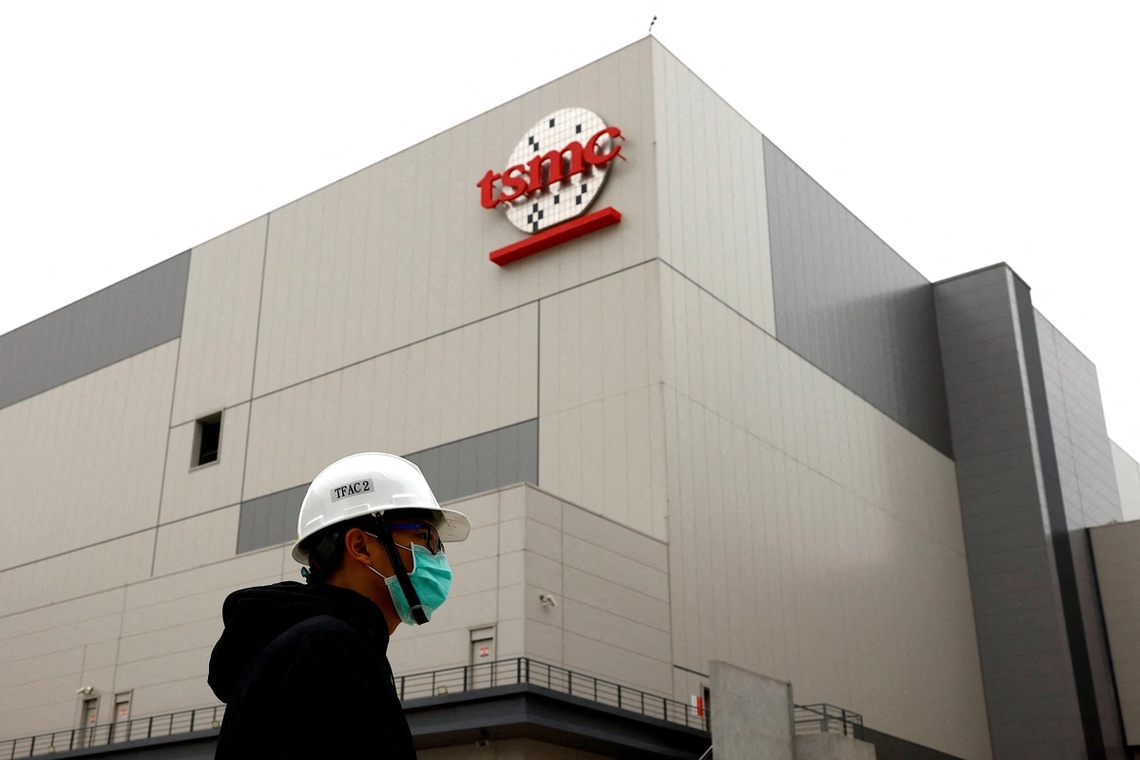 Ann Wang/Reuters/File Photo Ann Wang/Reuters/File PhotoThe 7.4 magnitude earthquake in Taiwan is expected to deliver a $60 million hit to TSMC, a blow to a chipmaking industry that is already straining to meet demand. Unfortunately, this is not an anomaly. The industry that makes the brains of nearly every electronic device is particularly vulnerable to natural disasters. That’s in part because there are so few locations where the devices are made. And it’s also due to the extremely sensitive nature of making chips. The processes that rely on atomic-level precision can’t withstand even the slightest vibrations or variations in humidity, and they take weeks to complete. So it’s likely TSMC will need to write off a batch of its most advanced chips that were mid-process during the earthquake, when it was forced to evacuate facilities. Here are some other examples of natural disasters that affected global chip production. Japan’s chipmakers, some of the biggest in the world, were knocked offline during the 2011 tsunami that roiled the country. In 2019, Japan was again hit when a massive typhoon suspended work at chip plants. In 2020-2021, Taiwan grappled with another natural disaster, a drought that forced the country to ration water, disrupting power-hungry chipmakers when the pandemic had already increased demand for electronics. And semiconductor manufacturers in Texas were forced to shut down plants in 2021 after a winter storm exposed the state’s outdated energy infrastructure. You can’t change the precarious process of chipmaking, but if efforts in the U.S. and elsewhere are successful at diversifying manufacturing, it will likely reduce the overall impact when one plant is taken down. On the other hand, extreme weather events are on the rise because of climate change and it appears no geography is immune to the effects. | 





